AudioQuest Sydney, Yukon, Water and Earth Interlinks
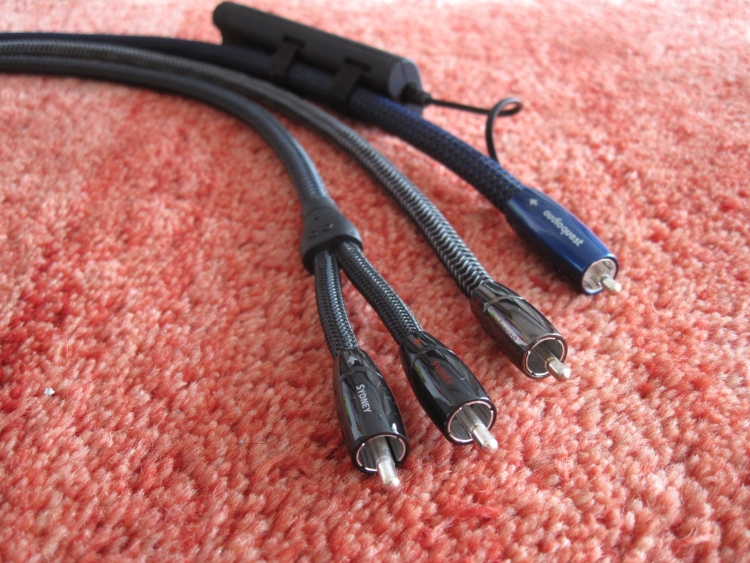
Comparing 4 AudioQuest interlink models, spanning a wide price range
Cables reviewed:
Sydney – 2 meter stereo pair – 259 euro (199 euro for 1 meter)
Yukon – 2 meter stereo pair – 469 euro (359 euro for 1 meter)
Water – 2 meter stereo pair – 739 euro (579 euro for 1 meter)
Earth – 2 meter stereo pair – 1389 euro (999 euro for 1 meter)
Review samples kindly provided by Audioquest Nederland
Interlinks have always been interesting items for me. They’re easy to change and they can really change the sound of the system. The funny thing however is that the majority of cables I have tried and own are pretty old models. Regular readers know that I am fond of Cardas and Transparent Audio and for some reason, I kind of stuck with those brands. What’s more, current cable models rarely end up in my system. Either for review or for my own experiments, it’s always the older models that stop by my listening room. I still enjoy reviewing classic models and hope that the review still holds value for people looking to buy on the second-hand market.
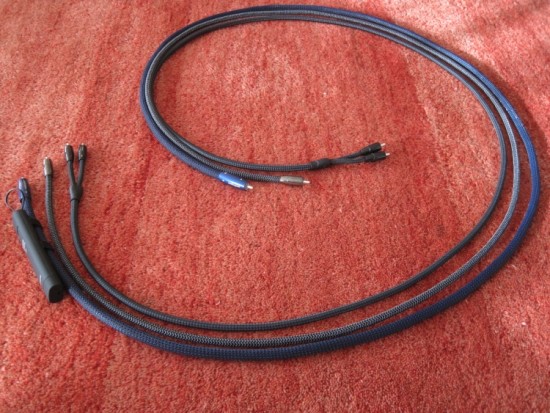
Recently I felt that it was time to broaden my horizon by exploring a range of interlinks from a manufacturer that I have always been aware of, but had very limited experience with. Of course, I am speaking of AudioQuest. In my mind, they are mostly known for their budget cables, confounded by their omnipresence in nearly every shop. The thing is: most shops only stock a limited cross-section of any product line, which is a shame because AudioQuest has a super-extensive catalog. It wasn’t until I really put in some time to explore all their cable ranges that I realized that there is a whole world beyond their affordable products.
Audioquest does indeed make some super affordable products but also has a very complete range of mid-class and high-end products as well as some super-esoteric products. Leaving the entry-level products as well as the esoteric ones aside, for now I will be focusing on what I will call the level up and premium level, borderline high-end products.
For normal interlinks (not counting tonearm cables and subwoofer cables) AudioQuest has 3 product ranges: Bridges & Falls Series, Rivers Series and Elements Series, and I will be reviewing one cinch interlink from each series. All interlinks reviewed here employ Solid Perfect-Surface Copper+ conductors, PE Air-Tube insulation, a Carbon-based Noise-Dissipation System (shielding the shield) and an Asymmetrical Balanced Geometry. The technical differences are highlighted in each cable’s own section.
Like the speaker cables, these interlinks were newly produced and so I gave them a thorough running in. With the interlinks, this was easier than with the speaker cables, because I could simply connect one pair between DAC and a distributor panel, then the remaining two pairs from the distribution panel to the preamp. With the seemingly unbreakable Marantz CD4000 that I always use for running in other items on eternal spinning duty, I left this contraption playing continuously for more than a week.
After running in I have listened to the cables in three audio setups: my secondary setup, a friend’s setup and my main setup. In order to avoid this review becoming too complex, I will not report on every instance individually but will instead combine all experiences in a single report per cable.
Sydney
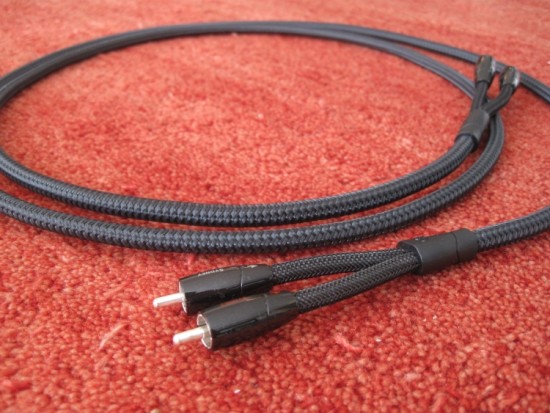
Sydney is the most affordable of the cables reviewed here. There are 4 even more affordable types before it but I thought it best to choose a range of cables that all employ the same base materials but at different price levels. Sydney is the most affordable cable to use Solid Perfect-Surface Copper+, which is a high-purity low-oxide copper with a very smooth surface. Connectors are cold-welded (no solder) pure purple copper with a direct silver plating. The Bridges and Falls product group that the Sydney is part of cuts cost by joining both left and right conductors in a single cable which means that the Sydney is effectively a single cable with 7cm split ends at each side. Due to this characteristic, the application was limited to one of the audio setups. Jeff Rowland preamplifiers have their left and right input sections strictly separated so the cable could not be connected in my main setup. After completing this review, AudioQuest informed me that starting from the Victoria model these so-called “Legs” can be made to custom length at no extra cost.
Connected in the secondary setup connected between a Wadia 121 DAC and either via an audio distributor to a Pass XA30.8 power amp or the Devialet 120 directly, the Sydney is characterized by a very open sound. It has excellent low-level resolution, is very refined, and has extended, subtle and airy treble that avoids any harshness. It’s interesting to note how solid core conductors can sound this subtle, as several previous solid core-based cables I heard in the past tended to have great bass and a lively sound but a somewhat dark treble lacking air and refinement.
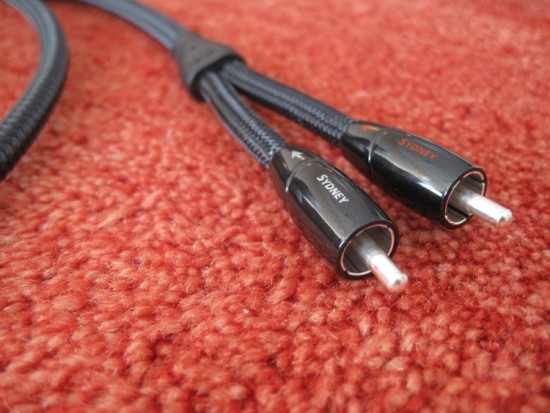
The Sydney could be the perfect next cable to substitute standard cables as it improves on them in every single area, seemingly without emphasizing any aspect over another. In an absolute sense, however, and compared to more pricey cables, the Sydney is a little lightweight in character and tonally a little bland. Its bass is articulate, nimble and fast, and absolutely not square or boxy, but it could do with more body and drive. Then again, at only 259 euro I’m pretty sure one couldn’t ask for more.
Yukon
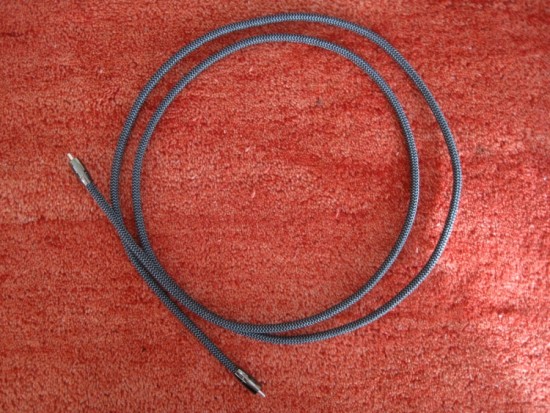
The Yukon improves on the Sydney in being constructed as two separate cables for left and right channels, and by having Cold Welded Hanging Silver over Pure Purple copper plugs (as opposed to normal silver plating). Thanks to its separate cables for left and right I could employ this cable in all three setups. It’s a very nicely finished cable that’s not too heavy and very flexible. The connectors seem small but are of high quality and make a perfect fit in each of the setups that I tried them in.
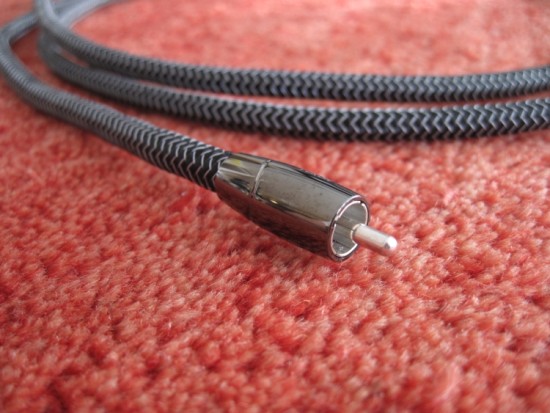
Connected between the Wadia 121 DAC and the Pass XA30.8 power amp, much like the Sydney, the Yukon’s sound is characterized as being very open and airy. It really digs out the smallest details, without ever sounding harsh, and has excellent focus, speed and dynamics. In the context of this system, the Yukon provides an overall much better match than the Cardas Hexlink, which can be too dry and too dark. Still, I kind of miss the fullness in bass that I am so used to from the Cardas. In my friend MP’s all Jadis tube system with Sonus Faber speakers, the conclusion in terms of bass lightness was the same, but it should be noted that his system really highlighted the Yukon’s refined nature. None of his other cables sounded this finely detailed yet so very un-aggressive. In my main system, finally, I could only confirm what I heard before. The Yukon is a very natural sounding cable that manages to combine a very open, airy, and refined sound with a total absence of hardness. Its bass, however, while fuller than the Sydney, is still lightweight. It’s not missing, and contrary to the Sydney, the lowest notes are all there, but they could carry more substance in the upper bass/lower mid-range section. It’s this aspect in a cable’s sound that makes it easier to separate large acoustical instruments from their digital counterparts. It’s the resonance and body of a stand-up bass or the percussive sonority of a grand concert piano that can be improved upon. Not the cable of choice for my system and taste then, but still, for 459 euro I feel that the Yukon provides excellent quality. As always, one just has to be careful in component matching.
Water
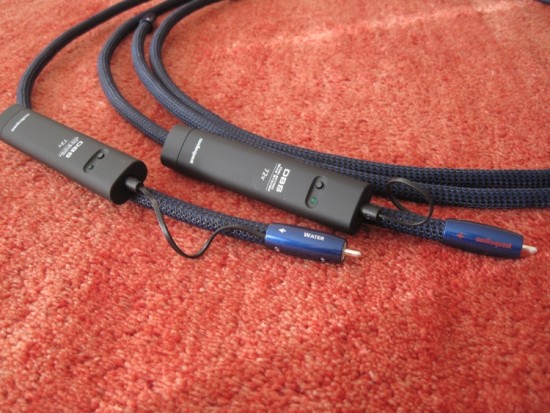
The Water certainly has its looks working for it: thicker cables, beefier connectors, and the DBS system. It improves on the Yukon with Hanging Silver over High Purity Red Copper plugs (as opposed to pure purple copper) and a six-layer Carbon-Based Noise-Dissipation system (as opposed to 3 layers). I can’t find details on conductor thickness so it might be the same diameter, or it could be larger. In any event, the cable’s sound suggests bigger differences in materials than the ones stated, as it is quite clearly in another league.
The Water is quite a different animal than the other two interlinks reviewed here. It sounded full, vibrant, and sonorous in the secondary setup between Wadia 121 and Pass XA30.8. It was more similar in character to the Cardas Hexlink Golden 5C than either 2 other interlinks when connected between Wadia 121 and Jeff Rowland Concerto preamp but with better resolution and air and an even more upbeat sound. In either system, its bass was perfect for me. At once full, solid, nimble, and accurate, completely gone was the lightness of the Yukon. Also, the Water’s upper bass and lower mid-range were much more solid and acoustically convincing, and perfect with piano, standing up bass, and vocals. In my friend MP’s system, the Water was the best performing cable we had heard there, by quite a margin. It combines the acoustically convincing sound of his favorite cables, with a total absence of sharpness while retaining excellent resolution and treble air. The Water also provided a much wider soundstage than the Yukon, or any of his cables, with better layering in the depth plane, while retaining superb focus. The latter’s important to note because very spacious sounding cables can sound ill-defined or woolly. Not so the Water.
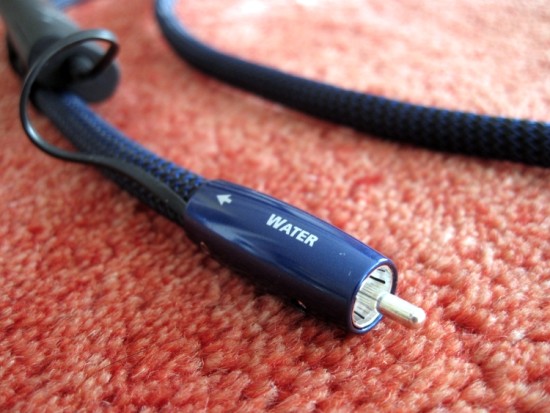
In my main system, finally, the Water was compared directly with the T T L treated Cardas Hexlink Golden 5C, between the Jeff Rowland Aeris DAC and Jeff Rowland Coherence II preamp. In this context, I noted all the above character traits and was now in the position to put it all into perspective. The Water is indeed one of the rare cables to have a similarly full bass response and live character as my old trusty Cardas Hexlink Golden 5C. Of course, this holds little relevance for those who never heard this cable, and also because it is no longer available, but the reference might be more meaningful if I add the currently available Cardas Clear, which I reviewed a little while ago. The Clear is priced firmly in the high-end category but from memory, the AudioQuest Water does similar things compared to the Hexlink as the Clear does. Like the Clear, the Water has a more upbeat character, a “faster” sound, and better transparency throughout the upper bass, mid-range, and lower treble. Also, like the Clear, the Water is less romantic sounding, mainly because it is more accurate than many other cables.
Compared to the more affordable two AudioQuest cables and the other cables in my arsenal, the Water could be said to have a more lively midrange. This can be a good thing or a bad thing depending on matching components and taste. On the one hand, it makes for a very exciting sound and on the other hand, it can make for a sound that is less easy on the ear when used with very revealing systems. But in any event, treble is never harsh with any of the AudioQuest cables, and I also wouldn’t call the Water analytical. It is actually very musical and very appealing.
The Water has a much more acoustically convincing sound and has the most natural timbre of the three, manages to sound more involving, more spacious, with better soundstage layering and focus than any of the other cables, but the Yukon, for example, has a gentler more ethereal and lighter presentation, which some people might prefer. Then again the Yukon lacks the Water’s bass, body, and live-music-like sound. I’d go with Water for sure, but ultimately the choice will depend on system synergy and personal taste. What’s clear to me, in any event, is that AudioQuest makes very good cables in various ranges but is always priced competitively.
Earth
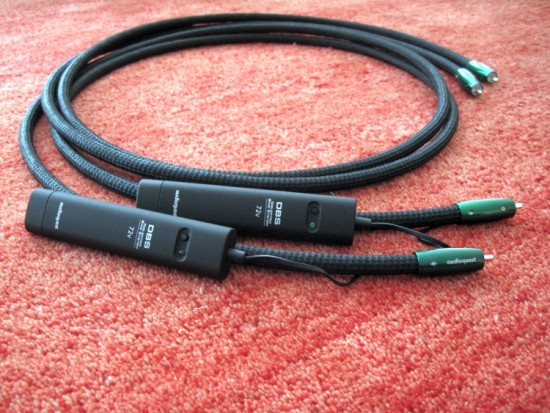
This cable was added at the latest instance. It wasn’t part of the initial set of cables, but after I was so taken by the Water’s sound, I was curious to see what more its pricier sibling would bring, and so I requested a pair of Earth interlinks to add to the review.
The Earth looks very similar to the Water but has a green sleeve and green connectors. Inside it is almost identical to the Water as the only difference that I can find is that FEP air tubes are used instead of PE air tubes. No big deal one might think, but remember what a big deal Teflon was when it was introduced in the audio world? The difference was indeed clearly audible: tighter bass, cleaner mid-range, faster transient behavior, and more cohesive overall, the Earth scores more audiophile points than the Water.
However, with my Apogee speakers, I find that I prefer it when cables are slightly less revealing. When playing modern R&B or other music with square electronic bass, the Earth can reduce the fun a little by making very clear how the music was recorded. Naturally, this isn’t the cable’s fault and it has everything to do with my taste and system. Don’t get me wrong: the Earth is definitely not clinical and it is even better polished than the Water, but for me, in my system, the latter provided the best balance between forgiving musicality, accuracy, and live-performance-like sound.
Conclusion
The AudioQuest brand has earned a firm place in my circle of interest by producing cables at very attractive prices that all perform admirably in their respective price levels. Unlike the speaker cable ranges I reviewed, the interlink ranges tend to sound more different from each other. This is no bad thing at all, rather something that makes it possible to choose the best cable for each purpose and something I like and prefer.
The cost-effective Sydney is the obvious choice for anyone looking to make their first upgrade steps. The Yukon is almost flawless in its presentation, giving away points only in terms of bass drive, timbre, and lower mid-range body. The Water improves on the Yukon in nearly every aspect and particularly convinced me by sounding superbly full-bodied, spacious, and lively, as well as having an utterly convincing timbre. Earth finally does indeed improve on the Water by sounding more accurate and astute across the frequency band. It is definitely the most accurate cable of the bunch, but I found that the Water’s slightly more romantic and more forgiving nature formed the best match in my system.
As always the trick is to get the best balance in any given system, and with a range this extended, AudioQuest is bound to have the ideal cable for every budget and just about any situation.

(Water)
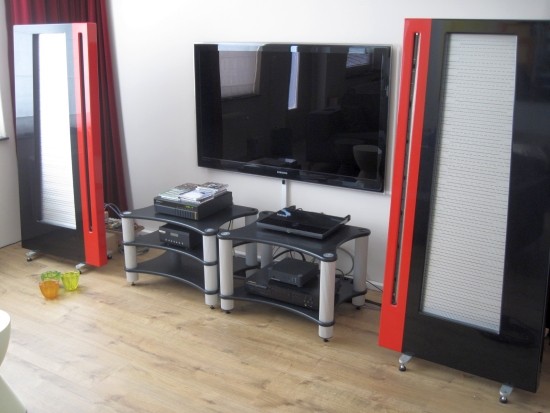
Above: the secondary system, currently with Devialet 120
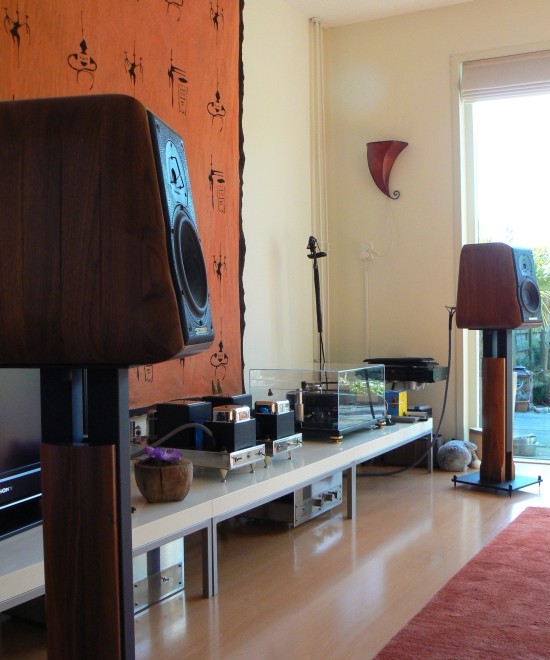
Above: MP’s Jadis system
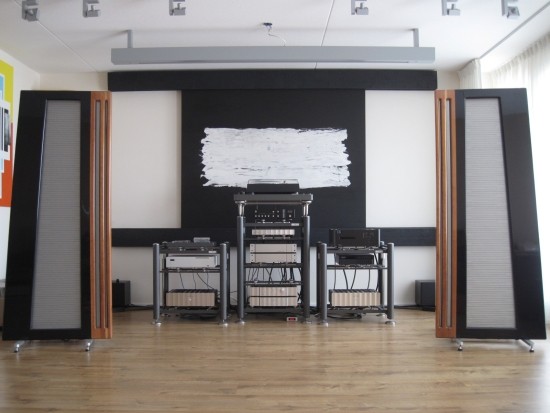
Above: the main system
External Links
AudioQuest Global: www.audioquest.com/
AudioQuest Nederland: www.audioquest.nl/
Sales Managers Benelux
Jules Withagen and Frederic Veerman
Roosendaal, The Netherlands
Telephone: +31 165 54 1404
Email: info@audioquest.nl
J. Withagen: jwithagen@audioquest.nl
F. Veerman: fveerman@audioquest.nl
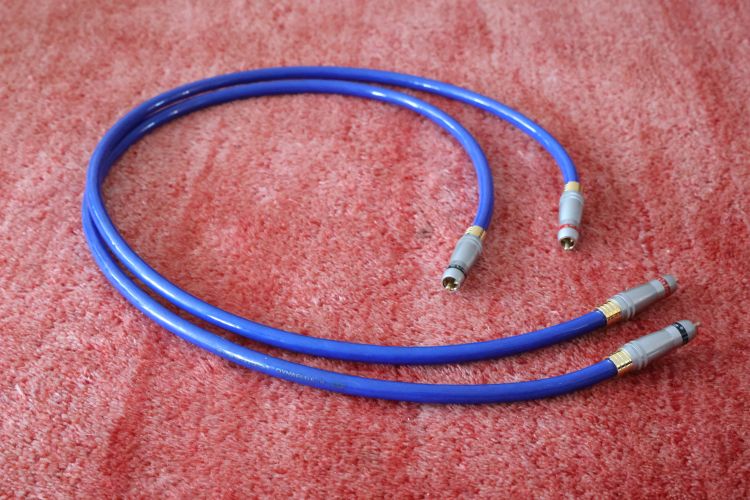

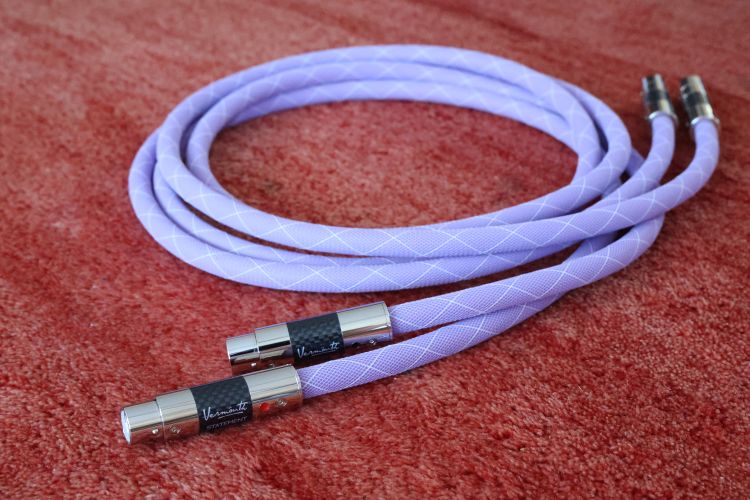
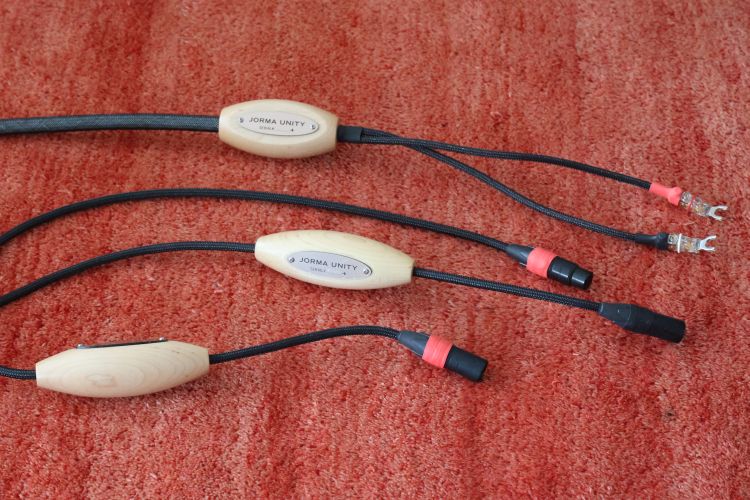
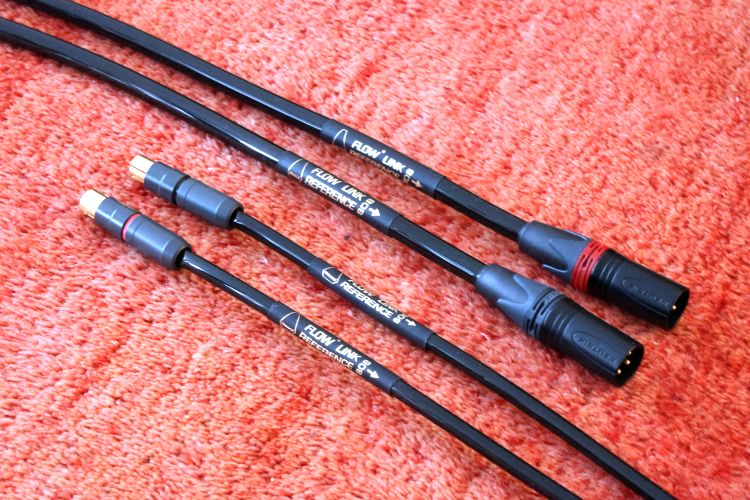
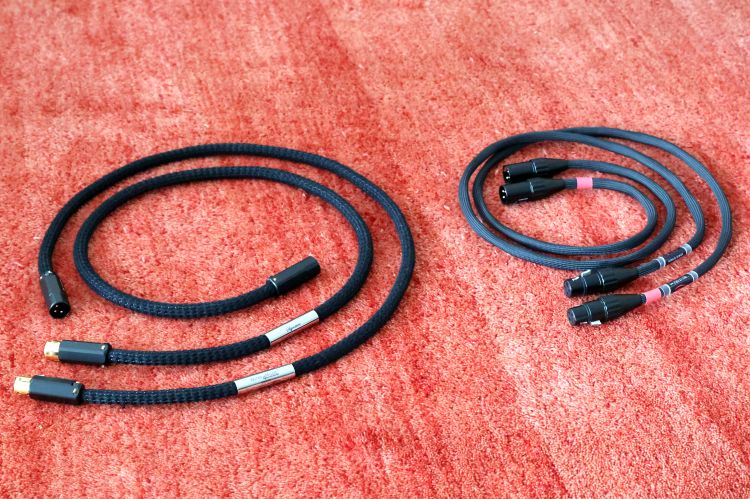
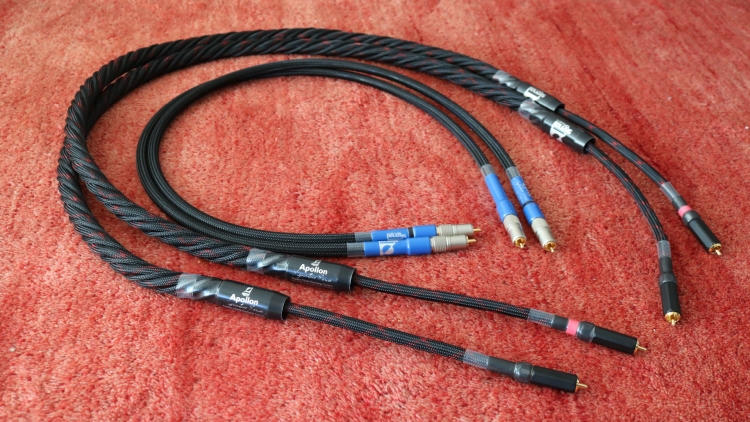
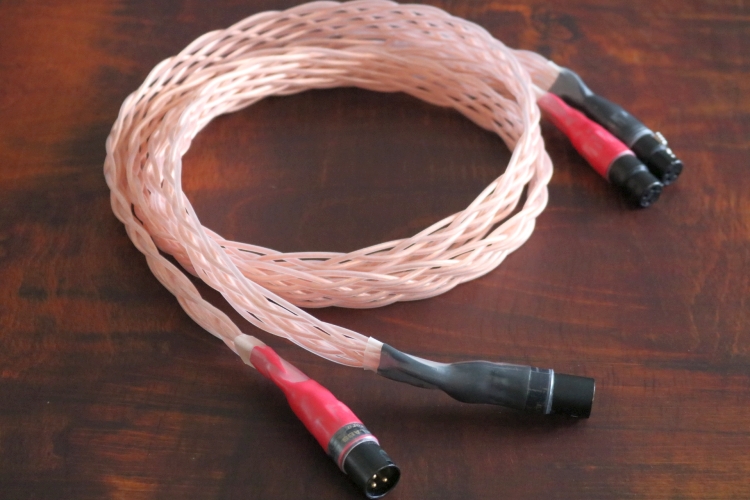
Thanks, very helpful review!
Hi Christian: Beyond your review (Audioquest loom) being all-over-the-map, you fail to disclose your ‘reference’ system, or comparably priced alternatives to the Audioquest offerings ?
peter jasz
The reference system is the same as was used for any other review. See https://www.hifi-advice.com/blog/hfa-audio-setups/current-main-hfa-audio-setup/ for more info.
[…] AudioQuest Sydney, Yukon, Water and Earth Interlinks […]
Christiaan, your findings and the information you have shared has been a blessing to me searching for more knowledge in the elusive chase of sound perfection. Thank you whole heartedly for your research and most importantly, for sharing.
Blessings to you.
Bradford A.
Currently got the Sydney’s n now trying the Yukon. Vocals for sure stand out n so much better than Sydney. I feel like ur review that the midbass/midrange tho still there not as much as I want. Maybe I’m looking for a warm sound plus the detail on the highs like the Yukon. Does the water give it more warmth or just or more of the midrange/midbass while giving the detail n soundstage up in the highs. I’m looking for something like that, a little more full all around.
The Water is absolutely fuller and a lot more sonorous but it is also darker than the others. Warmth is a relative matter. For some, it means creamy smoothness and for some, it means body and color. The Water will do the latter, not the former.
I currently got the Yukon’s n I do feel too that can use more midrange/midbass. Clarity and voices are great with the Yukon. Does the water really fill up the mids n make the sound fuller? Is it worth the money over the Yukon’s?
Yes it does and it sure is! But note that the Water also sounds darker.
So when you say dark, does that mean less detail n possibly rolled off highs? Would the Yukon then have more detail than the water? Would the water have a sound similar to a McIntosh system where sounds warm yet has details up on the highs?
Not less detail but less open and airy. The Water is also not like a typical McIntosh amp. In my view, these sound powerful but a little round and soft on the transients but the Water is solid and concrete-sounding, similar to a classic Wadia CD player. The Yukon is airier but lacks the drive and solidity of the Water in the midrange and bass.
So the water sounds more balanced n full compared to the Yukon but still has a great soundstage, instrument separation, low noise floor. My system sounds bright but not ear piercing but yah feels a bit thin in the mids, bass is decent. Also what’s a good test track that you use to test the cables and speakers
Very quick question for you , as I know time can be the most precious resource with extensive testing of audiophile products. Have you had the chance to test the AQ Yosemite and if so , how would you rank vis a vis overall performance compared to the AQ Yukon. Your thoughts would be appreciated. Given how insightful your previous cable reviews have been in the past
Hi Chase, alas, I have not heard the Yosemite.
Based on the AQ cables that I did hear and given the Yosemite’s FEP rather than Sydney’s PE insulation, I’d wager that the Yosemite sounds like a tighter and more expressive Sydney.